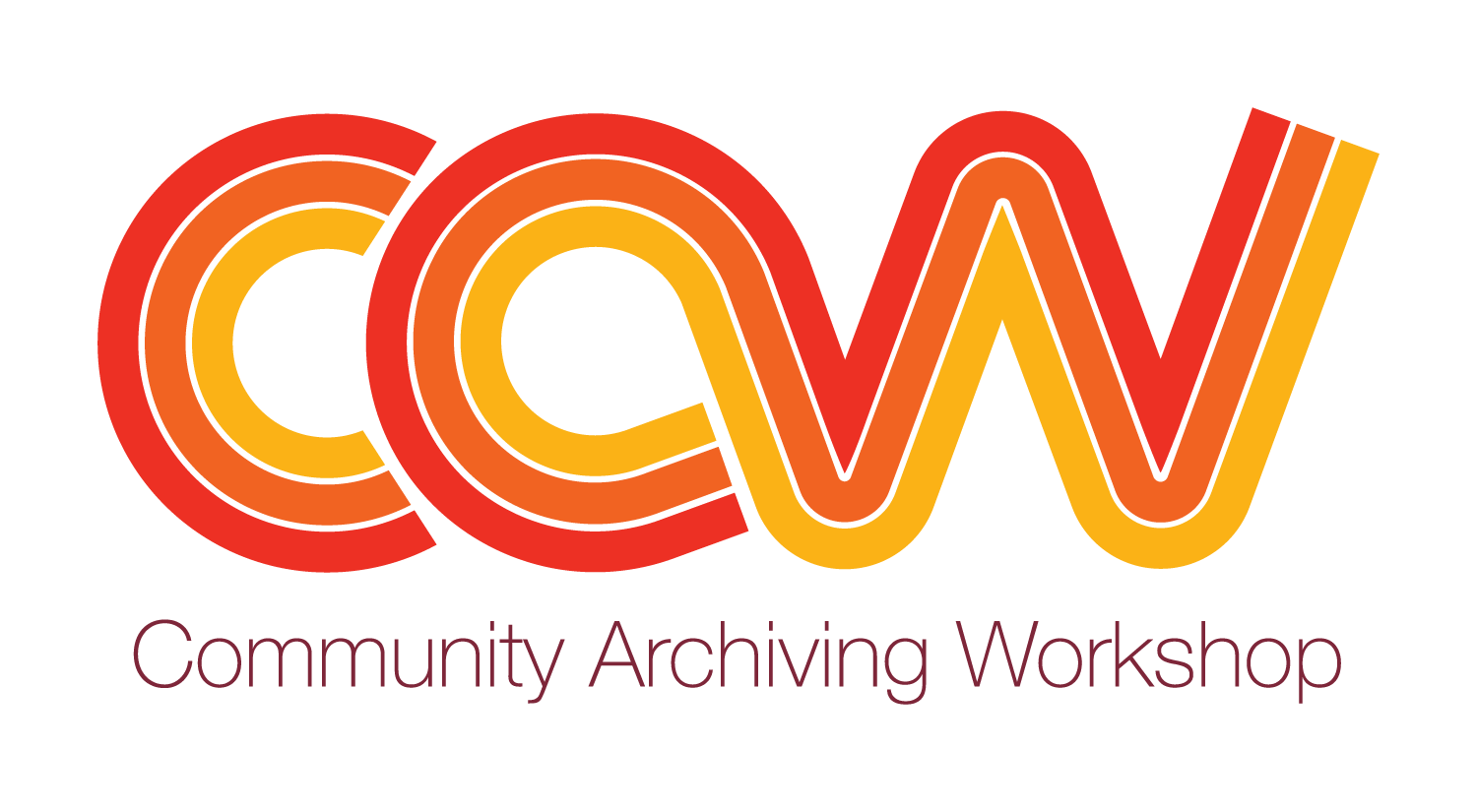The acronym CAW is used interchangeably. It’s important to keep in mind the distinction between the CAW model and CAW Collective. The CAW model is an open source event, and accompanying tools and resulting resources are open source and available to all through www.communityarchiving.org.
CAW Collective is comprised of the core organizing members—trained archivists with significant experience in the field—who develop, refine, and scale the CAW model and create new tools and workshop modules for underserved collections held by communities that have been historically excluded from the archival record.
Mission
The CAW model and CAW Collective have complimentary, but different missions:
- The mission of the CAW model is to jumpstart audiovisual preservation in community-held collections by bringing together audiovisual archivists and community members to work collaboratively to inspect and inventory a collection- providing the necessary groundwork for its preservation.
- The mission of CAW Collective is to use the CAW model to facilitate audiovisual preservation in community-held collections, build peer-to-peer learning as a foundation for long-term preservation, promote community networking, develop free resources to scale and share widely, and maintain communication platforms for access to these resources.
Vision
CAW seeks to share skills, knowledge, and resources to empower under-resourced, community-held collections to increase visibility and support shared authority.
Social Justice Values Statement
CAW works in solidarity with communities who seek to take control (physical and/ or intellectual) of their audiovisual heritage. Our work is a reparative action —addressing the harm done by power imbalances in traditional archival production— by sharing resources and authority in the processing and care of audiovisual collections and by amplifying the voices of communities who have been historically excluded from the process of archival production.
